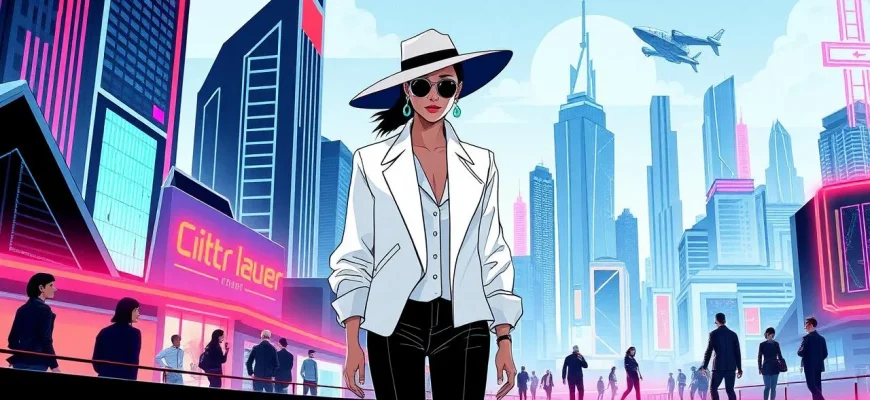In the realm of science fiction, fashion often serves as more than just a backdrop; it's a character in its own right. From dystopian futures where clothing reflects societal divides to utopian visions where style is a form of expression, these films explore the intersection of fashion and futuristic worlds. This curated list dives into ten films where fashion isn't just an accessory but a narrative element, offering viewers a visual feast of creativity, innovation, and sometimes, a critique of our own world's fashion trends.
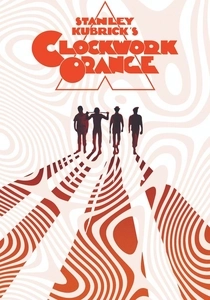
A Clockwork Orange (1971)
Description: Stanley Kubrick's dystopian vision includes the iconic droog outfits, which have become synonymous with the film's exploration of violence, free will, and fashion as a form of rebellion.
Fact: The bowler hats, white outfits, and suspenders were inspired by the book's description and have influenced fashion and subcultures ever since.
 Watch Now
Watch Now 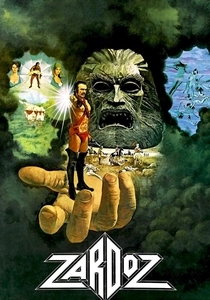
Zardoz (1974)
Description: This bizarre sci-fi film features Sean Connery in a red loincloth, showcasing a world where fashion is both primitive and futuristic, reflecting the film's themes of immortality and decay.
Fact: The film's costume design was done by John Boorman himself, who also directed the movie.
 Watch Now
Watch Now 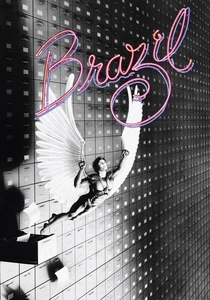
Brazil (1985)
Description: Terry Gilliam's dystopian satire features a mix of retro-futuristic fashion, with characters wearing exaggerated versions of 1940s and 1950s attire, reflecting a world stuck in bureaucratic chaos.
Fact: The film's costume designer, James Acheson, went on to win three Academy Awards for his work on "The Last Emperor," "Dangerous Liaisons," and "Restoration."
 Watch Now
Watch Now 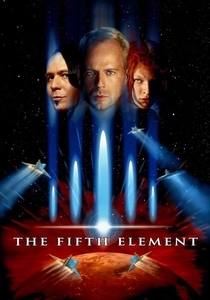
The Fifth Element (1997)
Description: Set in the 23rd century, this film showcases a wild array of futuristic fashion, from Leeloo's iconic white bandage dress to the extravagant outfits of the opera singer Diva Plavalaguna.
Fact: Jean-Paul Gaultier designed the costumes, including the famous bandage dress for Milla Jovovich, which has become a symbol of futuristic fashion.
 Watch Now
Watch Now 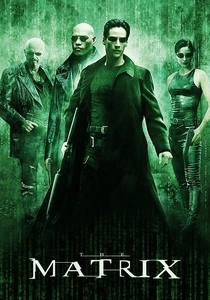
The Matrix (1999)
Description: The Matrix introduced the world to "Matrix style" with its iconic black leather trench coats, sunglasses, and a blend of cyberpunk and haute couture fashion.
Fact: The film's costume designer, Kym Barrett, was influenced by Japanese fashion, particularly the work of designer Rei Kawakubo of Comme des Garçons.
 Watch Now
Watch Now 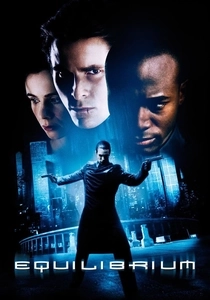
Equilibrium (2002)
Description: In a world where emotions are outlawed, fashion becomes a tool for conformity. The film's uniform-like clothing reflects the suppression of individuality.
Fact: The film's costume designer, Joseph A. Porro, drew inspiration from Nazi uniforms to create the look of the Grammaton Clerics.
 Watch Now
Watch Now 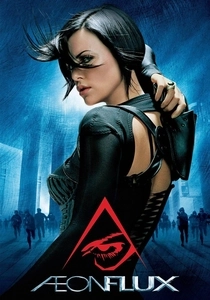
Aeon Flux (2005)
Description: This adaptation of the animated series features futuristic fashion that blends functionality with a sleek, stylish aesthetic, reflecting the film's themes of rebellion and identity.
Fact: The film's costume designer, Beatrix Aruna Pasztor, created outfits that were both practical for the action sequences and visually striking, embodying the character's dual nature.
 Watch Now
Watch Now 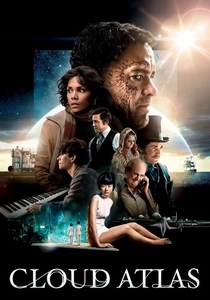
Cloud Atlas (2012)
Description: Spanning multiple timelines, this film uses fashion to differentiate between eras, with futuristic outfits in the post-apocalyptic segments reflecting a world where style has evolved dramatically.
Fact: The film's costume design was a collaborative effort, with over 1,000 costumes created to reflect the diverse time periods and settings.
 Watch Now
Watch Now 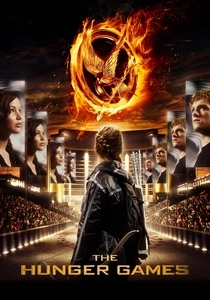
The Hunger Games (2012)
Description: In a dystopian future, fashion becomes a tool for survival and rebellion. The Capitol's extravagant and often grotesque outfits contrast sharply with the simple, functional wear of the districts, highlighting societal divides.
Fact: The costumes were designed by Trish Summerville, who also worked on "The Girl with the Dragon Tattoo." The film's fashion was inspired by real-world designers like Alexander McQueen and Vivienne Westwood.
 Watch Now
Watch Now 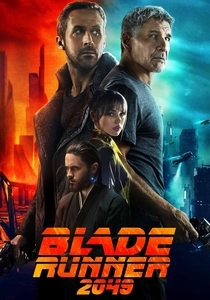
Blade Runner 2049 (2017)
Description: This sequel to the iconic "Blade Runner" features a world where fashion reflects the blend of human and synthetic life. The clothing is both functional and futuristic, with a nod to the original film's aesthetic.
Fact: The film's costume designer, Renée April, created over 100 unique outfits, many of which were designed to reflect the characters' inner lives and the film's themes of identity and humanity.
 Watch Now
Watch Now 
